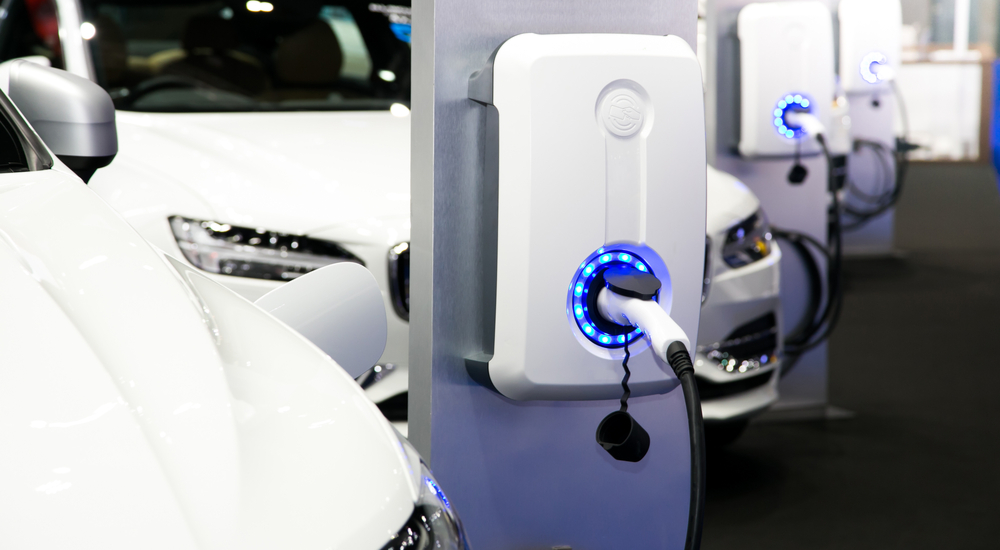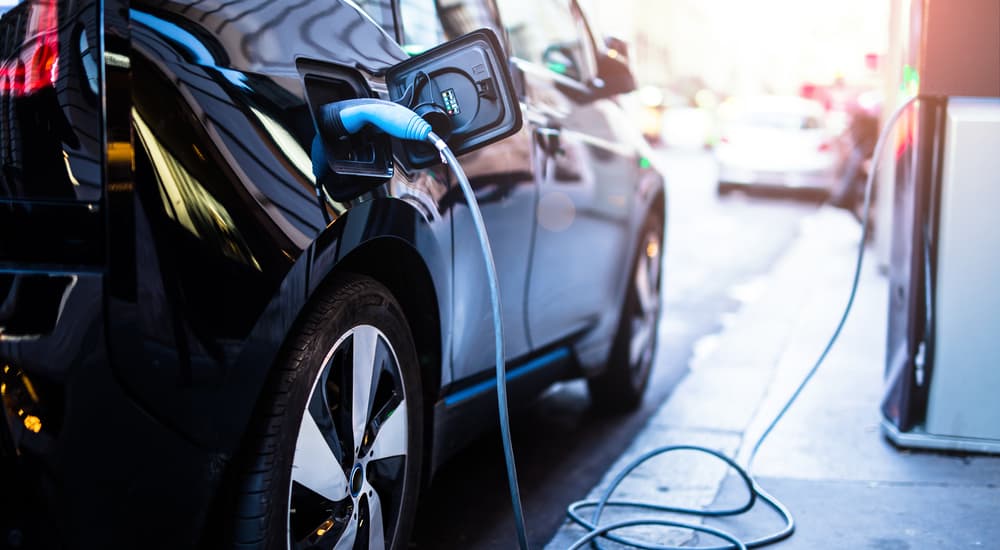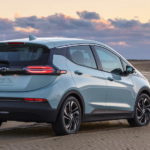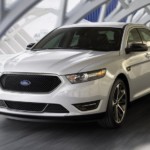Whether everyone likes it or not, there’s no denying that Internal Combustion Engine (ICE) vehicles are making way for Electric Vehicles (EVs) to take over the market. Sure, 15 years ago, someone could have argued that EVs were a fad or a gimmick that would never last, but at this point, the signs are all pretty clear that the industry is irrevocably changing. Although some people have certainly resisted this change, for one reason or another, car companies are working hard to make it as simple and painless as possible to switch to an EV model.
If you’re looking for your next vehicle or starting to do some research to buy a car in the next year, then you should definitely be considering an EV. While it’s fair to say that right now, owning an EV might still not be ideal for everyone, the number of folks for whom that’s not true is shrinking rapidly. As manufacturers like Tesla and GM race to boost the range of their EV models, companies build more charging stations every year, and the incentives keep getting better, it makes more sense than ever to go electric. It doesn’t hurt that car companies are pouring their resources into making the EV models better than ever before.
The Battery Range Battle
One of the biggest ways that the auto industry is making it easier than ever to own and enjoy an EV, and why you should be looking into one at this point, is by boosting the range you can get with a full battery. There’s no denying that worries about battery range and charging are at the top of the list for why a lot of people have hesitated with going electric. Car companies know this, and there’s a clear battle going on to offer the best range and the easiest charging in much the same way truck manufacturers fight over the greatest towing and payload numbers.
The big target number, at the moment, is about 300 miles of range from a fully-charged battery, as this is achievable and meets the needs of most drivers, even for relatively long road trips. Right now, numerous Tesla models can achieve this range, and new EVs from other manufacturers are also shooting for this number. In many cases, multiple batteries are available to give options at different price points. In fact, you can already see models like the Ford Mustang Mach-E and F-150 Lightning with options at or above 300 miles from a full charge.

Charging Keeps Getting Easier
Of course, the range is only part of the equation. No matter how far an EV model can go, eventually, you’ll need to recharge the battery. Alongside worries about range, possible hassles from charging an EV are the other big concerns that a lot of people have when approaching making the switch to an EV. This is a fair point. Not too long ago, there were a lot of dead zones across the country where you could get stuck if you needed to recharge. However, over the last decade, numerous companies have pushed to increase the number of charging stations across the US.
Tesla has been at the forefront of this, of course, but other manufacturers like Ford and GM have been partnering with different companies to build charging stations. At this point, it’s easy to own an EV in most parts of the country and be able to keep your vehicle charged. In fact, the biggest benefit that comes with owning an EV is the ability to charge your car at home or while at work, and this is becoming increasingly simple.
Not only are batteries being designed for better range, but companies are also developing improved technology for fast charging. This includes DC Fast Charging at recharge stations and more efficient charging at home through either a 120v outlet or with a 240v charging station that you can get installed. Charging at home still isn’t practical for everyone, which is likely to remain an issue going forward, but if you live or work in a situation where you can easily keep your vehicle charged without going to a station, then owning an EV is much easier and more convenient than an ICE model.
New, Exciting Models to Choose From
One of the clearest signs that we’re on the cusp of EVs taking over the auto industry is just how many different ones there are coming in the next couple of years. Until pretty recently, your options for an EV were quite limited. Tesla was the most popular option, certainly, and if you wanted to go with one of the major manufacturers, you might only have one to choose from. At the moment, that’s still pretty much the case, but looking at what’s just over the horizon, things are certainly changing, and you’re going to have a lot more options.
Tesla remains the company to beat, plus they have the Cybertruck and the return of the Roadster to look forward to soon. Ford has the Mustang Mach-E and their all-electric F-150 Lightning, both of which are shaking up their lineup. GM has a Chevy Silverado EV coming, amidst rumors of a Corvette E-Ray that will be either electric or hybrid, plus the GMC Hummer EV models, along with the Cadillac Lyriq and the Celestiq.
That’s not even looking at all the EVs coming from overseas, like the BMW i4 and iX, the Audi e-tron models, or the Nissan Ariya. And, of course, there are several startups looking to join in on the action, such as Rivian and Polestar, which will at the very least create more options and competition in the market. Over the next few years, EVs are going to take over the industry more and more, so if you’re not shopping for one right now, you will be soon enough.

Don’t Overlook a Used Option
I’ll admit that a shiny new EV model is definitely a lot of fun. There’s a fair amount of bragging done by people when they get a brand-new Tesla (for better or worse), but, just like with ICE vehicles, a new model isn’t right for everyone, and a used EV is a great way to save money and still leave the gas pump behind. The only real issue is that older EVs aren’t going to have the advanced battery technology that new models do, so expect lower range and potentially longer charging times. Best of all, if you’re a couple of years from your next car, there will be even more used EV options by then, so you’ll have more choices with each year that passes.
Government Incentives
While automakers are doing plenty on their own to encourage us all to make the switch from ICE to EV, the ol’ US government certainly isn’t sitting idly by. Recently, government tax incentives have been extended, and you can currently get up to $7,500 in tax credit for purchasing a new EV model. This incentive is for a vehicle that plugs in to charge, so not only EVs but also plug-in hybrids qualify. There are a whole host of stipulations involved, however, so be sure to really go over the fine print before counting on such an incentive.
At the moment, there’s a battle going on to offer even more tax credit incentives for buying a new EV with a battery that’s made here in the US, as well as additional credits if the vehicle was built here using union labor. Whether this will actually go into effect this year is up for debate, but it’s possible and illustrates that the federal government is continuing to develop additional incentives to encourage people to make the EV switch. Here’s the deal: 100 years ago, if you were looking to buy a horse-drawn carriage rather than an automobile, then you were stuck in the past. Today, if you’re not looking at switching to EV, then I’ve got a nice English jump seat buggy in fine condition that you might be interested in.



